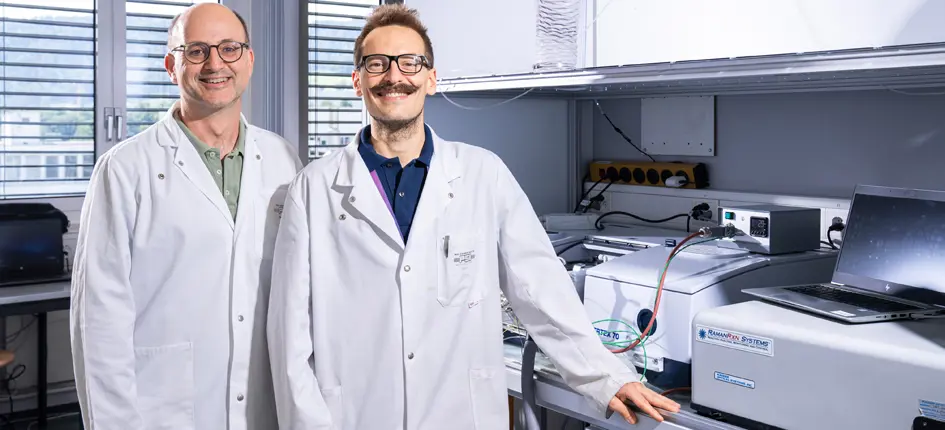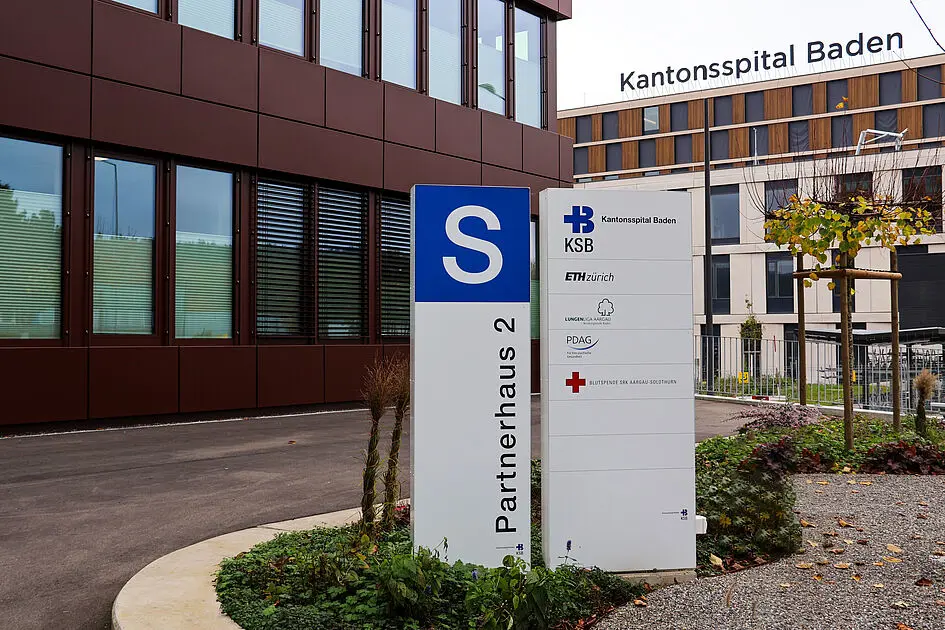Bertschi posts 5 percent sales growth for 2024


14. October 2024
PSI explains zeolite catalyst function
A team at PSI has discovered exactly where the chemical reaction takes place in zeolite-based catalysts. The finding is significant: this new understanding can be used to control the production of catalysts, enabling further improvements in the way they work, according to a statement from PSI.
Iron-containing zeolite catalysts are used by chemical companies such as CASALE from Lugano to remove nitrogen monoxide (NO) and nitrous oxide (N2O) from industrial emissions. Both gases are produced when manufacturing fertilizers, for example, and are toxic to humans. NO is also one of the causes of acid rain, while one molecule of NO2 contributes almost 300 times more to the greenhouse effect than one molecule of CO2.
CASALE contacted PSI “because they wanted to develop a better understanding of how their catalysts used for the abatement of nitrogen oxide actually work”, according to Davide Ferri, head of the Applied Catalysis and Spectroscopy research group at the PSI Center for Energy and Environmental Sciences. The goal was to determine which of the many iron species in the catalyst are responsible for the chemical conversion and consequently, the elimination of nitrogen oxides.
To answer their question, the researchers conducted three experiments: so-called X-ray absorption spectroscopy using the Swiss Light Source SLS at PSI, electron paramagnetic resonance spectroscopy in collaboration with the Swiss Federal Institute of Technology in Zurich, and finally, again at PSI, infrared spectroscopy. Together, the results determined the function of a very specific arrangement of individual iron atoms. “Only where this precise arrangement is found do we see iron contributing to the catalysis of the simultaneous abatement of the two gases,” summarizes Filippo Buttignol, the principal author of the new study. ce/mm
